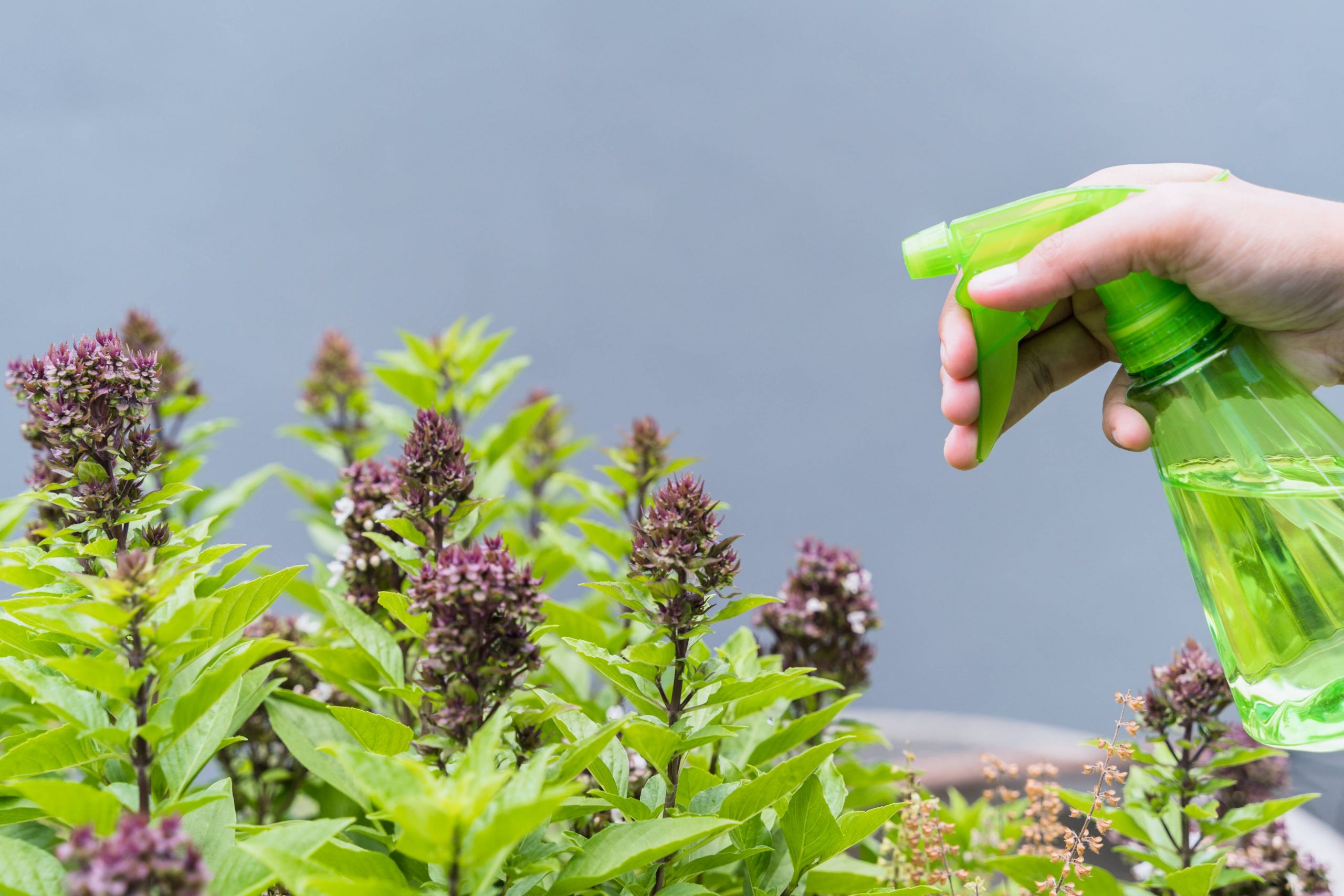India is the largest exporter of Spices in the world. Recent reports suggest that importers want the supplies to be strictly meeting the MRL limits of pesticide residues. Cumin seeds are under scanner by the largest importer China, EU and others for presence of pesticide residues. In order to ensure that the exports do not fall down, Spices Board of India issued an advisory to the stakeholders to monitor pesticide residue levels in all the lots and ensure that they meet the standards set by the regulators of importing countries. These demands for having simple, accurate and reliable methods of analysis of multi-residues in Cumin seeds. The present study deals with the development and validation of a multi-residue method for the simultaneous analysis of 26 pesticides in cumin seeds using gas chromatography mass spectrometry (GC-MS/MS). The aim of the study is to develop a reliable analytical method, which is adoptable by laboratories in India. The method involves the extraction of pesticide residues in acidic acetonitrile followed by analysis using QuEChERS technique with necessary modifications. Validated the method following the SANTE guidelines at the spike level of 5 ng/g and 10 ng/g for 26 pesticides. The method satisfies all the criteria of method validation including system suitability, linearity, and limit of quantification (LOQ), accuracy and precision as per the guidelines of SANTE /12682/2019. By using this method, it would be possible to quantify pesticide residues at as low as 10 ng/g level for all 26 pesticides in Cumin seeds.

